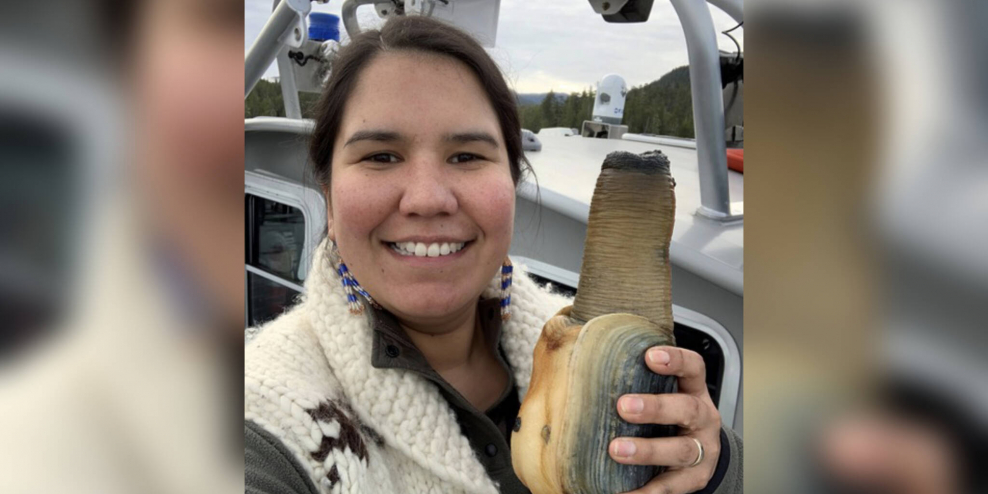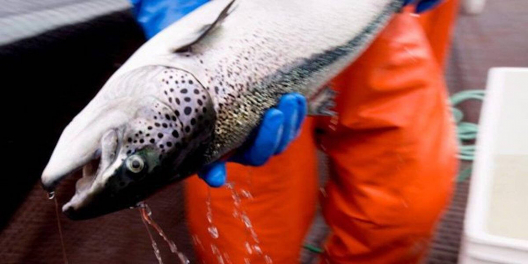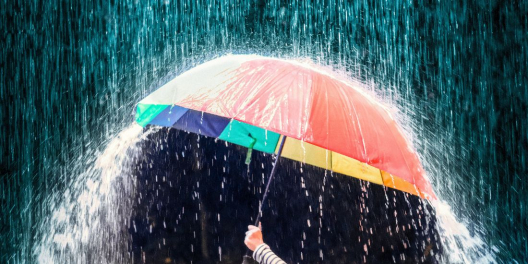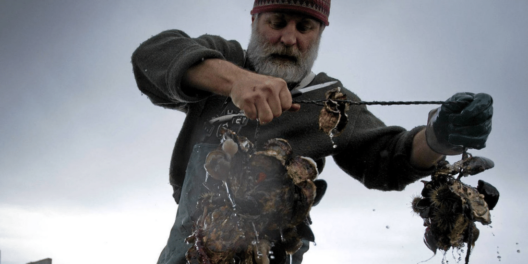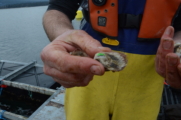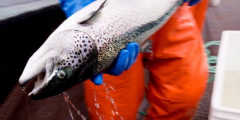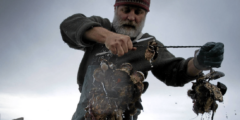They’re big. They’re delicious. And they could be the next big thing in coastal aquaculture.
But don’t get confused—they look nothing like ducks. If you replaced the “u” with an “i,” then you might be getting closer.
Pacific Geoducks (pronounced gooey-ducks) are the world’s largest burrowing clams, and they’re indigenous to BC’s coast.
While they might not look like the most appetizing seafood, they’re delicious and cost a pretty penny. Geoducks are a delicacy, especially in Asian markets.
This has made the clams a growing and lucrative part of the aquaculture sector in BC. A new research coalition is looking to make our coasts even gooier.
North Island College has teamed up with the Central Coast Commercial Fisheries Association (CCCFA), a commercial fisheries business operated as a partnership between the Central Coast First Nations: Heiltsuk, Kitasoo Xai’xais, Nuxalk and Wuikinuxv.
They, along with a few other partners, will pioneer the geoducks’ expanse into new territories.
The goal is to create more economic opportunities and improve the well-being of the Nations’ members.
Naomi Tabata is the manager of the Centre for Applied Research, Technology and Innovation at North Island College. “[We have] a diverse team of collaborators on the first geoduck aquaculture pilot project on the Central Coast,” she said.
“The training and results from this research will have a meaningful impact on the communities and will provide rich applied learning experiences for NIC students.”
Geoducks are excellent water filters as well. Encouraging the growth of more of them will help keep our shorelines cleaner and provide a serious financial boost to Indigenous communities.
Geoducks can sell for about $60 a piece depending on size, making them one of the best money-making sea foods.
Rich Chapple is president of the Central Coast Indigenous Resource Alliance. “We complement all partners in supporting the aspirations of the Central Coast First Nations to develop this important opportunity in a way that will engage the experience of their stewardship offices, employ traditional ecological knowledge and rely on the expertise of the MaPP Guardian Watchmen for the biophysical research,” he said.
The research will last about three years. Year one will focus on monitoring the specific conditions of selected beach sites, and years 2 and 3 will focus on how well the geoducks are flourishing.
If all goes well, you could see more geoducks on your beach walks. Just be careful not to clam up when you see them!

